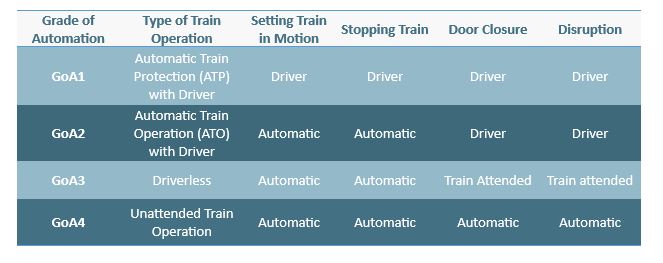
Deep Learning (DL) techniques are key for most future functions in Critical Autonomous AI-based Systems (CAIS). CAIS industries depend on their ability to design, implement and certify DL-based software products under bounded effort and cost.
However, a significant challenge lies in bridging the gap between Functional Safety Requirements of CAIS and the intrinsic characteristics of DL technologies. The lack of transparency in DL systems often conflicts with the demand for trustworthy AI- or DL-based software solutions, affecting their ability to meet stringent safety standards.
SAFEXPLAIN provides a new approach to face this challenge providing a certification pathway for DL-based solutions in CAIS. By ensuring end-to-end traceability and by developing strategies to ensure correct operation (e.g., identifying not applicable/safe predictions), SAFEXPLAIN helps explain why these solutions satisfy functional safety requirements.
Exida developnet SRL has contributed to these project goals by developing a Catalogue of Scenarios and Test Cases for each case study. These scenarios are performed in either a real or simulated testing environment. The development of the scenario catalogue for the railway use case is described below.
The Railway Case
SAFEXPLAIN’s railway case study is a Grade of Automation 2 (GoA2) item. In this case, although starting and stopping operations are automated, the driver has the power to take back control of the train if needed (e.g., if an obstacle is detected, for emergency braking, to close/open a door).
Table 1 explains the Grade of Automation, defined in standard IEC 62290-1. This definition is useful for indicating “how much the train will be automated”. In railway case study, the emergency break is managed by the driver as is the door closure.

Partner IKERLAN is tasked with defining the Operation Design Domain and the Safety Concept related to this case study and is developing the case within the project with a view to future industrialization.

Exida development is creating a Scenarios Catalogue based on the documents provided by IKERLAN and based on day-to-day experiences to ensure the safe management of critical situations applicable in the case study.

An example of a simple scenario is one that includes a train and a pedestrian who is in the train’s path. This scenario defines a series of conditions/constraints such as: vehicle parameters (train speed, brake operation, target moving, train acceleration…), environmental conditions (weather, luminosity…) and more.
Relevant test cases are derived from each scenario. The derivation process is meticulously documented and manages the expected reaction to each event, including obstacle detection and the distance specified from an obstacle.
Following this process, the Test cases Break-Down will be derived from the test cases derivation. Each step of the test cases is then described in detail.

The derived test cases and the associated test case breakdown are used to construct a test matrix, which is then used to supervise all tests, to ensure their accuracy and reliability.
The Scenarios Catalogue, Test Cases and related Test Matrix are created by Exida development SRL with special reference to safety.

The railway scenario Catalogue and Test Cases follow the ones on automotive scenario and precede the ones on the space scenario, under advanced development.
More information on the scenario catalogues can be found in the section 3.6 of SAFEXPLAIN Deliverable 5.1 “Case study stubbing and early assessment of case study porting”.